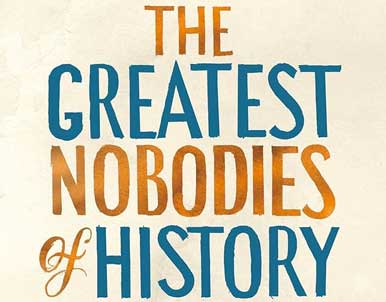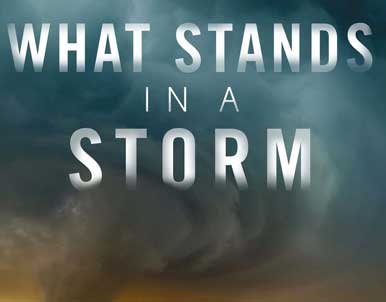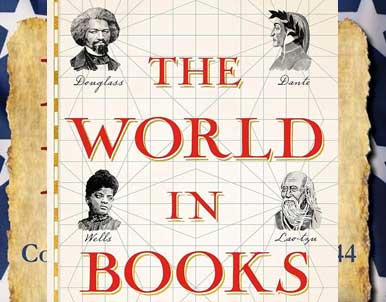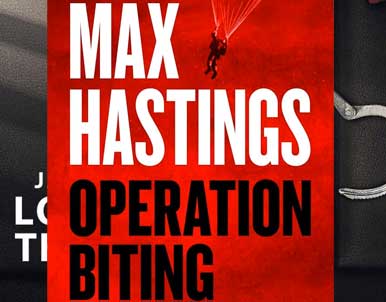Most Recent Articles
-

The Greatest Nobodies of History by Adrian Bliss
Brendan’s Alternate Tagline for The Greatest Nobodies of History: Find out what the ferret thinks. Quick synopsis: Stories told from the point of view of the people (and animals!) often…
-

Anatomy of Lies (Peacock)
Brendan’s Alternate Tagline for Anatomy of Lies: Trauma drama. Quick synopsis: The story of a Grey’s Anatomy TV show writer who faked cancer and a bunch of other stuff! Fact…
-

Retired Homicide Detective Kim Mager Tells the Story of Interrogating Serial Killer Shawn Grate
Let’s get a confession out of him! Retired Homicide Detective Kim Mager tells the story of interrogating serial killer Shawn Grate and her book about it, A Hunger To Kill.…
-

Abandoned Towns by Chris McNab
Brendan’s Alternate Tagline for Abandoned Towns: Imagine going trick or treating here. Quick synopsis: A look at abandoned towns around the world. Fact for Non-History People: There are approximately…
-

What Stands in a Storm by Kim Cross
Brendan’s Alternate Tagline for What Stands in a Storm: Got real dusty when I was reading this. Quick synopsis: The story of the three-day tornado superstorm outbreak in late April…
-

The World in Books by Kenneth Davis
Brendan’s Alternate Tagline for The World in Books: Bet you can’t read just one! Quick synopsis: Kenneth Davis’s list of the best and most important 52 short non-fiction books of…
-

Dan Jones joins me to talk the life of Henry V!
Let’s talk about more than just Agincourt! Dan Jones joins me to talk his new book Henry V: The Astonishing Triumph of England’s Greatest Warrior King. He’s more than just…
-

Operation Biting by Max Hastings
Brendan’s Alternate Tagline for Operation Biting: Disclaimer: No actual biting occurs. Quick synopsis: The story of the British parachute assault to capture Nazi radar in 1942. Fact for Non-History…
-

Henry V by Dan Jones
Brendan’s Alternate Tagline for Henry V: Shakespeare took a little dramatic license. Quick synopsis: A full biography of England’s greatest warrior king, Henry V. Fact for Non-History People: Henry…
Support History Nerds United!
Want to help out the site without spending a single dime? Please click the link below and buy whatever you were going to buy in the first place.
We nerds get credit from Amazon and you support us! Everyone wins!
